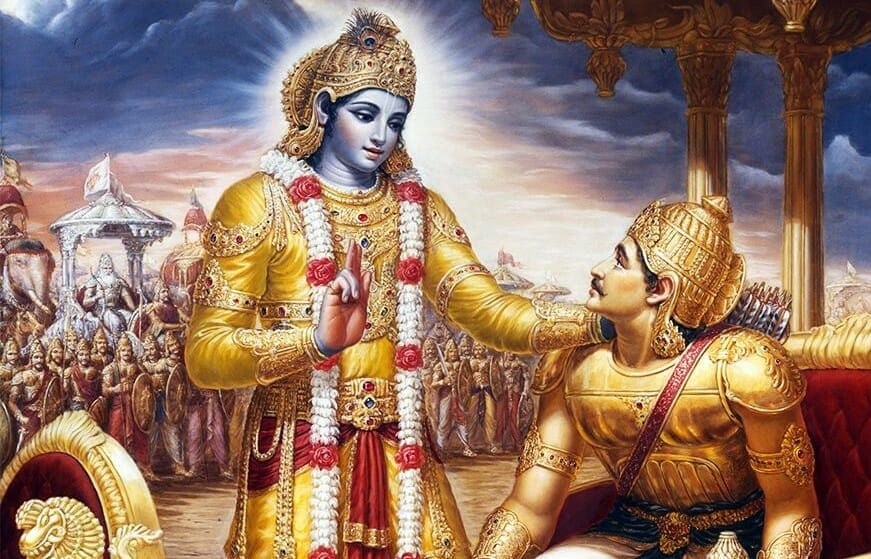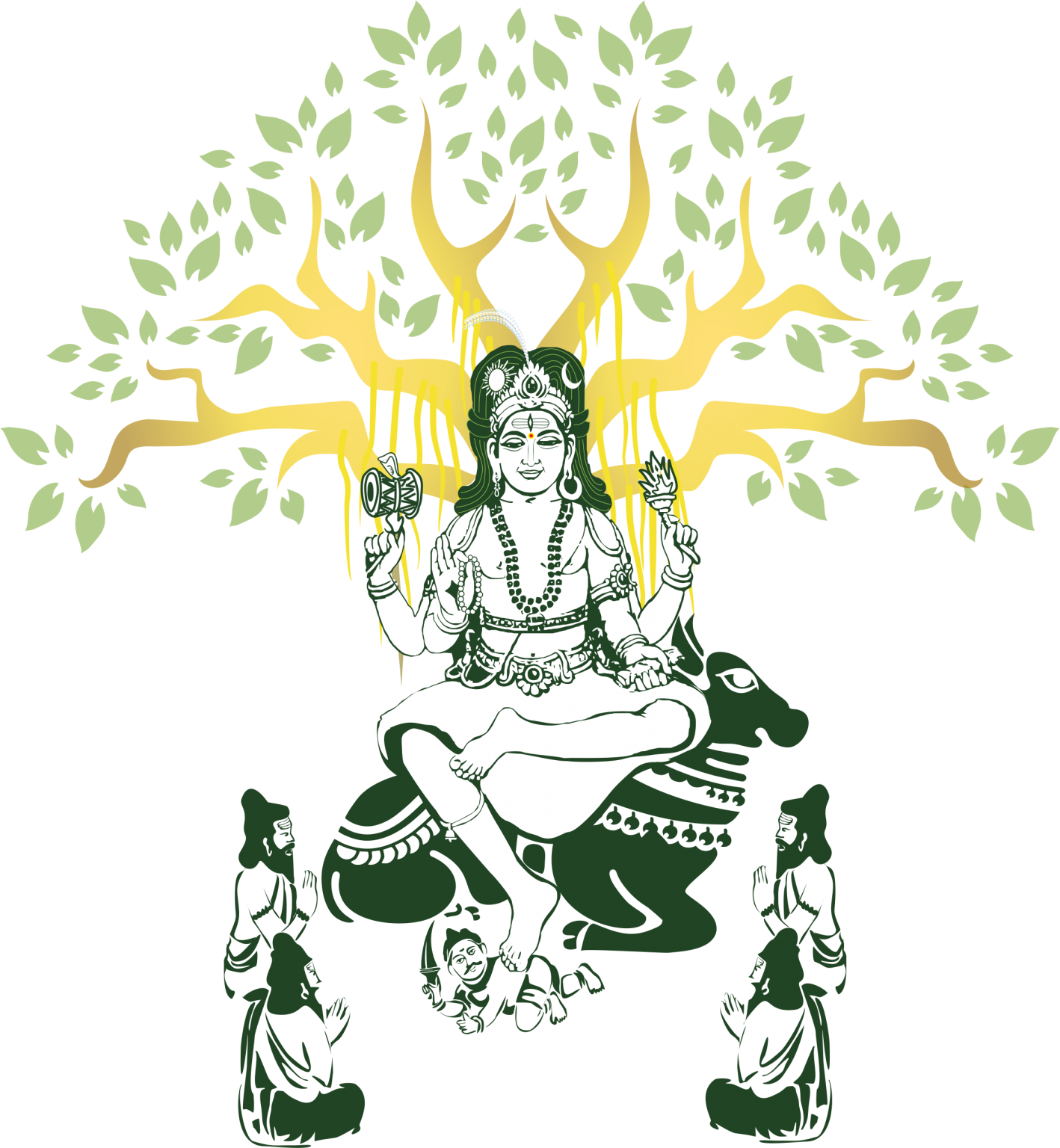THE NATURE OF THE KNOWER AND THE KNOWN
The tradition looks upon the entire G¢t¡ as having its subject matter in the mahavakya, ‘tat tvam asi—you are that.’ This statement contains the whole teaching. ‘You’ means the person who is addressed, the j¢va, who wants to be enlightened. ‘That’ is Ìsvara, the Lord, to whom the individual is equated in this statement, tat tvam asi.
This body is a ksetra. Even though it is subject to disintegration, as a human body, its purpose is not merely to disintegrate but to serve as a ksetra. It is called ksetra because it can save you from destruction kaatat trayate, that is, it helps you to overcome duhkha. Or like a field of cultivation this body is also a ksetra since in it you can reap the fruits of karma.
The one who knows this body as a ksetra is a ksetrajna. How does one know? Sankara says from the sole of the feet to the top of the head, apada-tala-mastaka, the entire body up to the extremities is known as conscious because one sense organ, the sense of touch, is all over the body. It reveals the caitanya-atma, which is exactly the svarupa of the ksetrajna, because of whom alone the body is also an object of
knowledge. The ksetrajna is the one who objectifies this body in terms of knowledge. Further, Sankara points out that he does this very naturally, svabhavikena, without being taught. Alternatively, his capacity for this objectification may be aupadesika, born of the teaching of the sastra and the guru. Though it can be arrived at without being taught because it is an observable fact, still, the help of a teacher may be required to point out the distinction between the body and the observer of the body. Otherwise the body is taken to be the ksetrajna, the atma. In order to distinguish the atma from the sarira, teaching is helpful and sometimes even necessary. So, Sankara adds the word
aupadesika here. The one who is able to objectify every part of this body as an object of knowledge either because of the teaching, or through his own observation, is called the ksetrajna.




